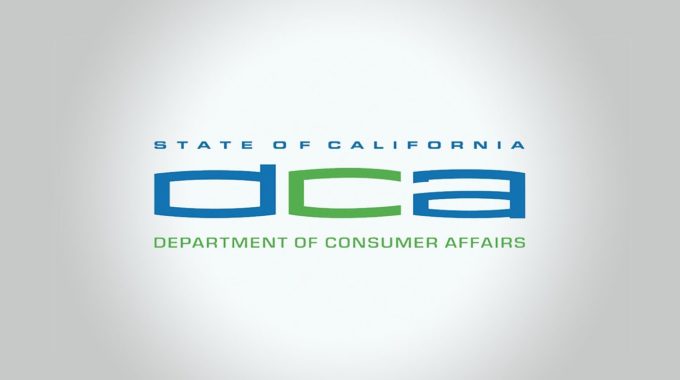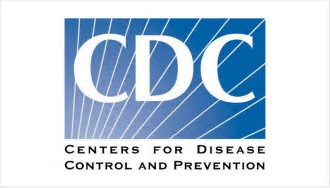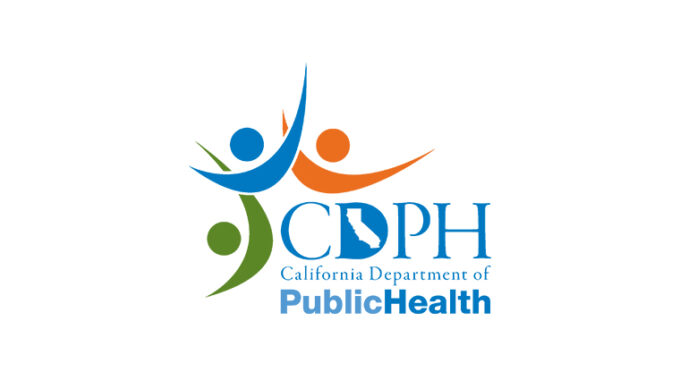On December 5, 2025, the Dental Board of California (DBC) issued an important Fraud Alert…
What to Expect When You are Inspected by Cal/OSHA
Cal/OSHA is California’s occupational safety and health enforcement agency, covering nearly all employees in the state, except federal employees who fall under the jurisdiction of Federal OSHA. Cal/OSHA conducts workplace inspections to determine whether employers are complying with Cal/OSHA requirements. In the dental industry, most Cal/OSHA inspections are triggered by complaints, most often made by disgruntled employees who feel that their overall concerns at work have not been adequately addressed.
The best way to prepare for a Cal/OSHA visit is to have a strong, sound safety program in place that includes safety orientation training for all new employees, ongoing safety training, internal inspections of office areas and processes, effective recordkeeping, and the active involvement of employees.
Initial Contact
When a Cal/OSHA inspector makes initial contact at a dental office, he/she will request permission from the employer to conduct an inspection. You will not receive advance notice of the inspection. If you are busy with a patient when the inspector arrives, you can request that the inspector wait or return at a more convenient time. However, an inspector can refuse this request and demand to see the office immediately.
Important: Be sure to check the inspector’s credentials and request a Cal/OSHA business card from the inspector. Prior to the inspection, the inspector should immediately identify himself by showing the State of California photo identification card.
Opening Conference
The inspector will begin by explaining the reason for and scope of the inspection to the employer, and will then request required documentation and records– permits, registrations, proof of workers’ compensation coverage, required posters, training records, employee exposure records, required plans – Injury and Illness Prevention, Bloodborne Pathogen Exposure Control, Hazard Communication, SDS binder, hazardous chemical inventory list, hepatitis B vaccination records, exposure incident documentation (if applicable), sharps injury log, etc. If the inspection is the result of an imminent hazard, the inspector will immediately ask to be taken to the imminent hazard.
The scope of the inspection can range from a partial inspection, which is limited in scope, to a comprehensive one, which encompasses the entire worksite. In dentistry, partial inspections are most often conducted based on compliance with the Bloodborne Pathogens Standard – Title 8 CCR Section 5193.
The Walkaround
The inspector will conduct a walkaround to check work areas for safety and health violations, gathering physical evidence and examining required records. Such activities include observing safety and health practices, talking with employees or conducting formal interviews, taking photographs, and testing air and noise levels. Make sure an office representative accompanies the inspector at all times during the inspection.
During the walkaround, each complaint item will be evaluated to determine if the alleged hazard exists. Make sure safety policies and procedures are well documented, as Cal/OSHA personnel keep track of an employer’s good faith effort to comply with Cal/OSHA regulations. Additionally, it is to the employer’s benefit to be helpful, courteous, and responsive throughout the walkaround. However, when answering direct questions, take care not to volunteer too much information, as “anything you say can be used against you”.
Closing Conference
A closing conference is held to discuss any alleged violations observed and requirements for abatement, the proposed penalties for each citation, the possibility of a follow-up inspection, the employer’s rights to appeal, and the employer’s responsibility to post citations in the workplace.
Proof of violations abatement must be submitted to Cal/OSHA within 30 days for general violations and seven days for serious violations.
After the Inspection
Following the inspection, employers have ten days to request an informal conference with Cal/OSHA, during which employers can request extensions on abatement dates, present evidence contesting a citation, or express concerns that the proposed penalties are inappropriate.
Penalties can range up to $70,000 per violation. A willful violation that causes death or permanent damage or prolonged impairment of an employee can result in, upon conviction, a fine of up to $250,000 or imprisonment up to three years, or both.
Upon receipt of the citation(s), an employer has only 15 working days to file a written appeal with the Cal/OSHA Appeals Board.
OSHA Review, Inc. a registered continuing education provider in the State of California, specializing in Dental Practice Act, infection control, and Cal/OSHA training. OSHA Review subscribers in California receive updated regulatory compliance and infection control training thorough our bi-monthly newsletter.



